10 Tips to Improve Employee’s Mental Health in the New Normal
The inaugural topic for our Creating a Safer New Normal webinar series will be about mental health. The Mental Health at Work 2020 Report, revealed that 41% of employees have experienced mental health symptoms caused, or worsened by work. Given the current climate, it seems a good place to start. You can book onto our free webinar by clicking the button below.
Protecting a business is more than just protecting the bricks and mortar, or even the data! The most important asset the business must protect is its people! In fact, in our previous blog, we highlighted a couple of points to keep staff safe (and, if you missed it, our Remote Working Checklist is full of good tips).
Providing that protection for your staff is more than just providing a secure environment, you must make your staff FEEL safe, and that starts with mental health. So, we have collaborated with Flourish in Mind and put together these 10 top tips to improve employee’s mental health.
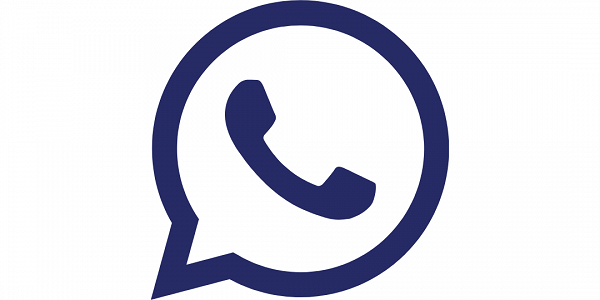
1. Clear Communication
Don’t leave anything unsaid, even if it may seem quite obvious.
Whether an employer or employee, make sure you communicate clearly. People fill in the gaps (often incorrectly) and will put more pressure on themselves. If you are working flexibly make that clear. If you have expectations within that flexibility make that clear between all parties.
In the current world we are living in, the threat of redundancy is very real and can mean that the added pressure people put on themselves is inflated because they feel the need to prove their worth. Ambiguity causes stress and/or anxiety in people.

2. Use an Email Footer
Use a 1 liner on your emails to simply state ‘I am working flexibly’.
Behaviours are powerful and to be emailing late at night sets an ‘unofficial expectation.’ So, prevent that by providing clarity around your expectations. If you are working flexibly it may suit to work in an evening, have a 1 liner on your emails to simply state “I am working flexibly. Please do not respond to this email until your next working.”
This is a great way of looking after each other and preventing employees from feeling they have to be ‘online’ at all times in order to respond.

3. Lead by Example
Share when you have worked flexibly as a manager/ business owner.
Often working flexibly can feel like you are the only employee not working or pulling your weight. It can be helpful to share when you have worked flexibly as a manager/business owner.
Dropping it into conversation if you did the school run, as an example. Again, leading by example, and it lets the team know it really is okay to get that balance right.

4. Check Up on Everyone
Check in with everyone, even those who appear to be doing OK.
We often talk about how to spot the signs that someone’s mental health is deteriorating. However, it is as important to look out for and check in with those who appear to be doing fine. Many people will throw themselves into work as a distraction, but they could have a lot going on in the background. Overworking or burning the candle at both ends may also be a sign that all is not well.
Imagine the iceberg analogy. We only ever see the very tip of that iceberg when the reality is there is so much more going on beneath the surface. Never assume.
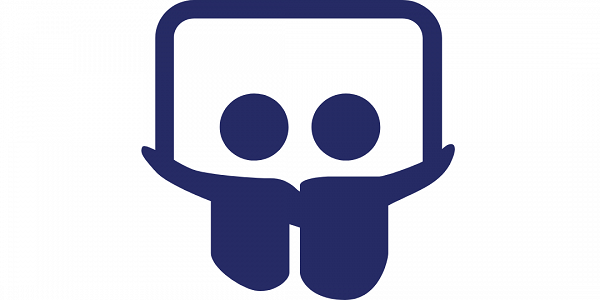
5. Set up a skill share
Feeling connected is so important, particularly when people are working from home.
Sharing skills and knowledge with another and giving them time to do that is a great way to facilitate good mental wellbeing in the workplace. Giving the time and knowledge by the sharer and the achievement of learning something new by the learner.
The skill may be work related, but equally you could promote a skill share around managing our mental health proactively as an example. Skill share also has the added benefit of reconnecting the team.
Giving, learning and connecting are 3 of the 5 Ways to Wellbeing which are 5 proven methods of improving your state of wellbeing.

6. Build the Team
Find ways to work as a team to overcome challenges.
Build the team up such as by facilitating a daily huddle. It’s a great opportunity to recognise individuals, say thank you for their contribution and to celebrate the successes of the team.
It also enables teamwork in overcoming challenges that a team member may face by being able to share best practices as well.
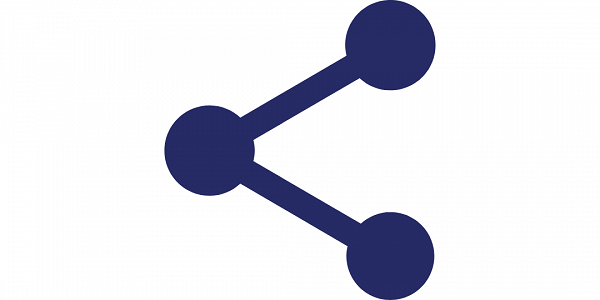
7. Share a Guide
Share practical tips for to manage working from home.
Share with your team with some practical tips to manage working from home along with some great resources such as, the charity Mind website or Every Mind Matters - both of which have excellent tools and ideas to support people who are working from home.
You could also produce a 1 page PDF or infographic of top tips to share with your team to support their mental health and wellbeing (such as the importance of keeping hydrated; keeping moving etc.).
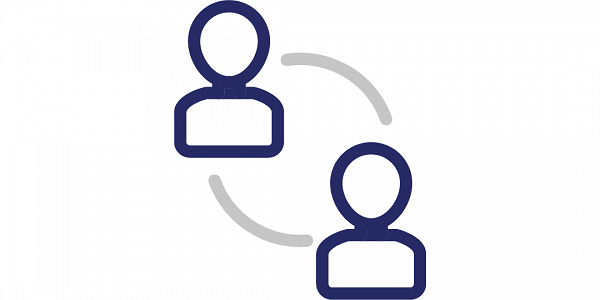
8. Try Different Meetings
Encourage your staff to try alternative types of meetings.
Rather than each meeting being held on Zoom or Teams, encourage alternative types of meetings such as walking meetings. They are conducted outside while walking either via conference call or on video. It gets people out in the open; nature is a great stress reliever.
There are also the benefits of keeping the team active, releasing feel good, mood boosting hormones and the ability to think more creatively. It will make the team feel good, generate some great ideas, and help them become more focussed and productive as a result.
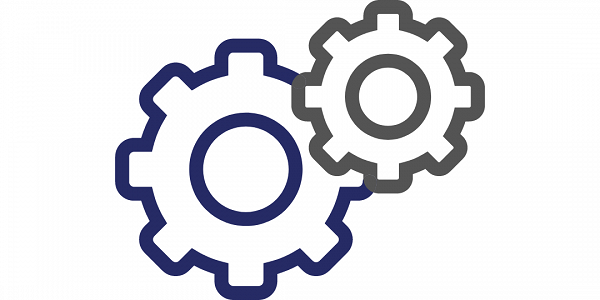
9. Don’t Forget the Practical Aspects
Working from home can have an impact on their physical health.
Working from home which could have a knock on effect in terms of their physical health as well as their mental health. Is their working space good for their posture? Do you need to review their training in this area? Are they aware of what to look out for? How can you support them?
According to the HSE, as an employer, you have the same health and safety responsibilities for home workers as for any other worker.

10. Challenge your Team
Setting a team challenge is a great way of bringing a team together.
How about setting an active challenge for your team? It may be a group effort to walk X number of miles per day or per week. It could be to support a local charity. Again, it will get the team moving and have a positive effect on wellbeing. It will also bring about a sense of ‘team’ working together for a ‘non-work’ objective.
I hope you find these tips useful. If you would like any help, please get in touch. Or, if you are concerned with your employee’s mental health, book onto our free webinar by clicking the button below.
Luke





